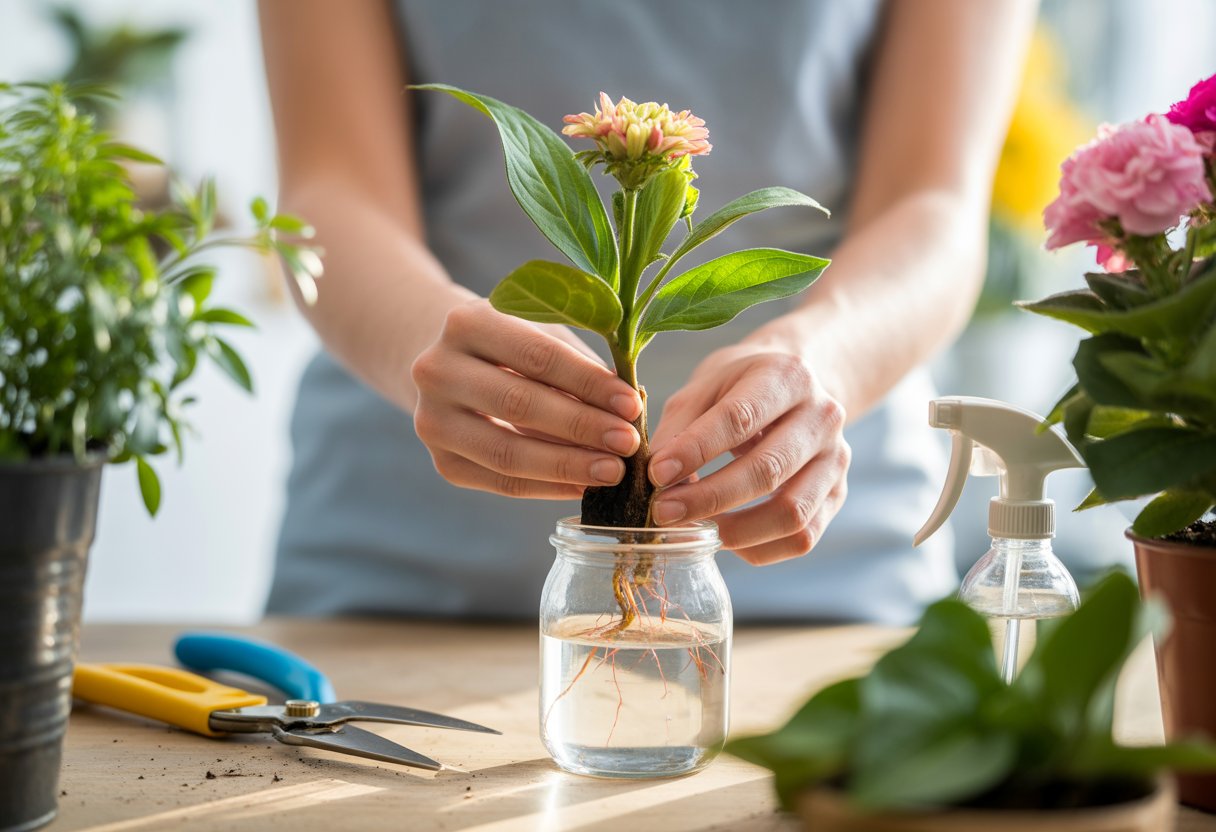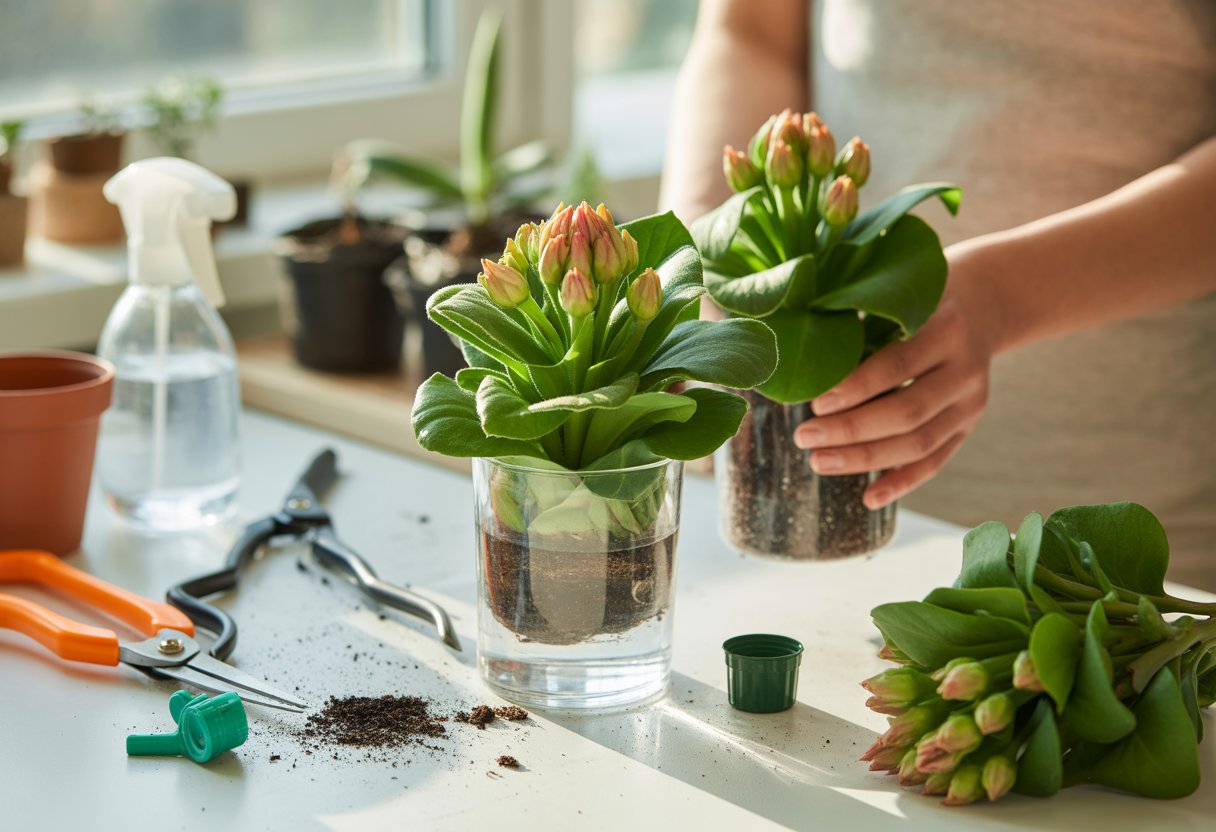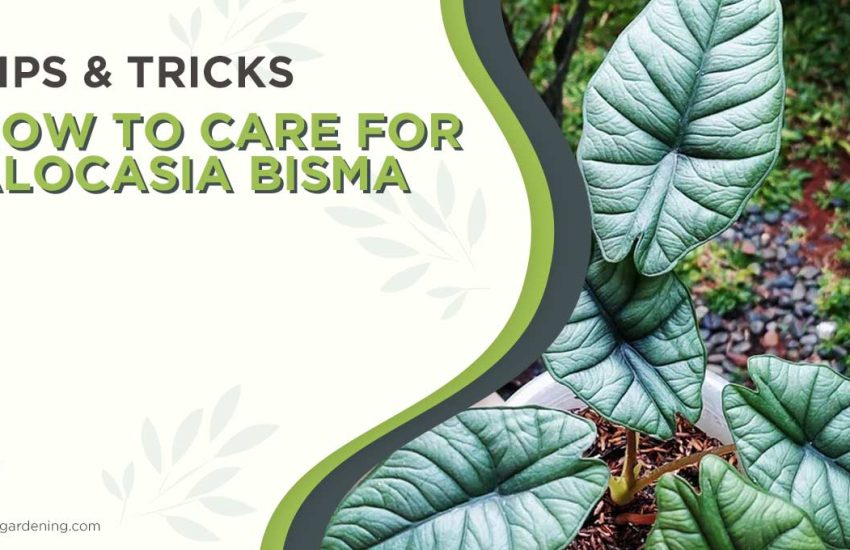How to Propagate Flower Effectively for Healthy Plant Growth
Propagating flowers lets gardeners create new plants from those they already have. It saves money, and honestly, there’s something satisfying about expanding your garden this way.
You can propagate through cuttings, division, layering, or seeds. The most reliable way to propagate flowers is by taking healthy stem cuttings and encouraging root growth in a suitable medium.

The right technique really depends on the type of flower and how it grows. Soft-stemmed plants usually root from cuttings with ease, but others might need division or layering.
With a few basic tools and some care, anyone can multiply their favorite blooms. It’s not rocket science, but it does take a little patience.
Flower propagation also helps preserve traits you love in your plants. Once you get the hang of it, it’s hard not to be hooked.
Essential Principles for Flower Propagation
If you want to succeed with flower propagation, you need to understand how plants grow. Picking the right method and encouraging strong roots make a big difference.
Each step takes a bit of care and attention. Healthy new plants are the result of small details done right.
Understanding Plant Growth and Propagation
Propagation relies on a plant’s natural ability to reproduce from its own tissues. Lots of plants regenerate through vegetative propagation, making new individuals from stems, leaves, or roots—no seeds needed.
Perennials often do well with this, since their tissues are tough and ready to sprout. Knowing which parts can actually grow is key.
Stem cuttings usually form roots, but some leaf cuttings only work for certain species. It’s not always obvious, so a little research helps.
Growth conditions like light, temperature, and moisture all matter. If you mimic the plant’s natural environment, you’ll see faster root and shoot growth.
Choosing the Right Propagation Methods
You need to match the propagation method to the flower species and your own resources. Some common methods:
- Cuttings: Take a stem or leaf segment and grow it into a new plant.
- Division: Split mature plants that already have roots.
- Layering: Get roots to form on a stem while it’s still attached.
Some flowers, like roses, love stem cuttings. Others—think chrysanthemums—prefer division.
Each method needs different tools and care. Rooting powders can boost cuttings, while divisions need the right moisture.
The closer you match the method to the plant, the better your results.
Ensuring Healthy Root Systems
Roots anchor the plant and pull in water and nutrients. When propagating, strong roots are the real goal.
Keep moisture steady but avoid soggy soil. Well-draining media helps prevent root rot.
Pick cuttings or divisions with visible root nodes if you can. Rooting hormones, stable temperatures, and gentle handling all help.
Watch root growth so you know when to transplant. Healthy roots mean healthier plants, plain and simple.
Techniques for Propagating Flowers
Different propagation methods suit different flowers and stages of growth. Some focus on stems or leaves, others on roots or dividing whole plants.
Techniques can be simple or a bit more involved. It depends on what you’re working with.
Propagation from Cuttings
Propagation from cuttings means taking a piece of a plant and encouraging it to root. You can use softwood, semi-hardwood, or hardwood cuttings, depending on the stem’s maturity.
Softwood cuttings come from fresh, tender growth in spring or early summer. Semi-hardwood cuttings are from stems that are starting to toughen up, usually in late summer.
Hardwood cuttings use mature, woody stems, usually collected in winter. Each type has its own quirks.
Set cuttings in moist, well-draining media—rooting hormones help a lot here. This works for many shrubs, climbers, and perennials.
You’ll want to keep an eye on moisture and temperature for best results.
Leaf and Root Cuttings
Leaf and root cuttings work for plants with special structures. Leaf cuttings are great for succulents and some flowers like begonias.
Root cuttings involve snipping healthy root sections, usually in late autumn or winter. Plants with fleshy roots—many perennials—respond well to this.
You’ll need sterile tools and the right media. Leaf cuttings like humidity and warmth, while root cuttings prefer a cooler spot to avoid rotting.
Division and Layering
Division means splitting a plant into sections, each with roots and shoots. It’s perfect for perennials and shrubs that grow in clumps.
Do it during dormancy or early growth for best results. Layering is different—you encourage roots to form on a stem that’s still attached.
Simple layering bends a branch down to the soil and covers it until it roots. Air layering involves wrapping a moist medium around a cut on a higher stem, which works well for woody plants.
Both methods keep the plant’s genetics the same and give solid results.
Grafting and Advanced Methods
Grafting joins a scion and rootstock to blend traits like disease resistance and flower quality. It takes some skill and patience.
Budding is another option, where you insert a single bud into rootstock. Micropropagation uses lab tissue culture to clone plants—definitely for the advanced crowd.
These approaches help with tricky or hybrid plants that won’t root from cuttings or division. They’re not for everyone, but they open up new possibilities.
Materials, Care, and Troubleshooting for Successful Propagation

Getting propagation right is about using the right materials, keeping the environment steady, and protecting young plants from pests and disease.
A little extra care in these areas can really boost your success rate.
Selecting and Using Growing Media
The growing medium matters a lot for root development. You’ve got choices: potting soil, compost, and sphagnum moss.
Potting soil drains well and lets roots breathe. Compost adds nutrients, but it can hold too much water if you’re not careful.
Sphagnum moss holds moisture without getting swampy, so it’s ideal for cuttings that need humidity. Many gardeners mix things up—maybe half potting soil, half sphagnum moss.
Rooting hormone on cut surfaces gives root growth a push. Make sure to sterilize your media to avoid introducing disease.
Controlling Moisture and Environment
Moisture control is a big deal. Keep the medium damp but not soaked—too much water leads to rot.
A greenhouse or humidity dome helps keep humidity up and reduces water loss. Bright, indirect light is best; direct sun can dry things out or stress tender cuttings.
Keep temperatures steady, somewhere between 65°F and 75°F (18°C–24°C). Sudden changes can slow rooting.
Misting helps, but don’t overdo it or you’ll get mold. Sometimes it’s a balancing act.
Managing Pests and Disease
Pests like aphids and fungus gnats can mess up your cuttings fast. Diseases like damping-off are a real threat to young plants.
Check cuttings for bugs before you start. Use clean, sterilized tools—don’t skip this step.
Mild insecticidal soap or neem oil works for small pest outbreaks. Good air flow and drainage help prevent mold.
If you see yellow or diseased leaves, remove them right away. Keeping things clean pays off.
Post-Propagation Maintenance
Once roots show up, you’ll need to acclimate new plants to their environment. Move rooted cuttings into well-draining potting soil, maybe with a bit of compost.
Don’t put them in full sun right away—ease them in slowly. Prune regularly to encourage bushier growth.
Watch moisture levels so the soil stays moist but not soggy. Keep an eye out for pests and disease.
A little maintenance now means stronger, healthier plants later.
Optimizing Flower Propagation Results

Timing, planting steps, and picking the right flower cultivars all play a role in propagation success. It’s a bit of an art, honestly.
Timing and New Growth
You’ll get better results if you take cuttings or seeds during periods of active growth. For most flowers, early spring or late summer is when new shoots are at their best.
Fresh growth roots more easily. Old, woody stems? They usually disappoint.
Keep an eye on temperature and light—most species want 65-75°F and 12-16 hours of light for strong roots.
Planting Instructions and Care
Plant seeds or cuttings in sterile, well-draining media. Keep things moist but don’t drown them.
Rooting hormone helps cuttings take off faster. Keep new plants in bright, indirect light to avoid stressing them.
Aim for humidity around 70% to prevent drying out. Before transplanting outdoors, gradually introduce young plants to outside conditions. It’s a bit of a dance, but worth it.
Choosing Flower Cultivars
Go for cultivars with strong vigor and solid rooting ability. Some varieties just propagate more reliably than others.
Heirloom varieties usually stick to stable traits, but honestly, they might root a bit slower. On the other hand, hybrids often give you faster, more even growth.
Look for cultivars that can handle diseases better—nobody wants a garden full of sick plants. Check out each cultivar’s propagation needs before you commit, whether you’re using seeds, cuttings, or just dividing them up.

